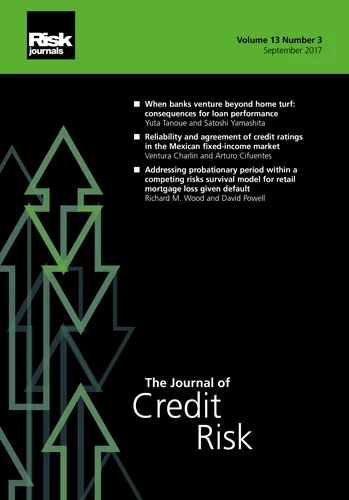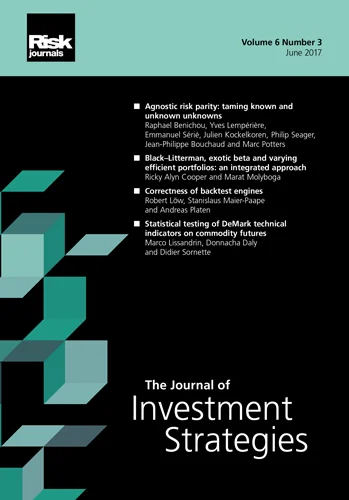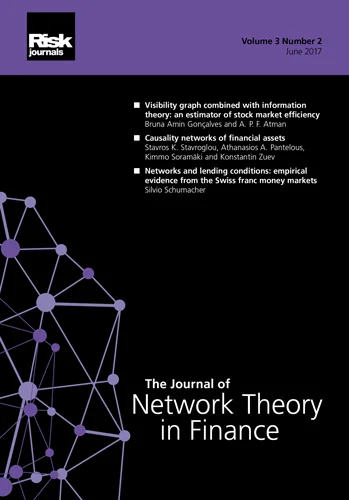Journal of Risk Model Validation
ISSN:
1753-9587 (online)
Editor-in-chief: Steve Satchell

Optimal allocation of model risk appetite and validation threshold in the Solvency II framework
Need to know
- We derive VTs for sub-SCR as an optimal allocation of MRA for the total SCR.
- The VT has desirable properties expected in practice.
- VTs for nested sub-SCRs on progressively lower aggregation levels can be determined similarly.
Abstract
Solvency II requires insurers to calculate a solvency capital requirement (SCR). Insurers can use the European Insurance and Occupational Pensions Authority’s standard formula or develop an internal model. From a model risk management and model validation perspective, it becomes necessary to define a threshold for acceptable errors in the calculation of sub-SCRs (the validation threshold (VT)) as a function of the acceptable error in the final metric (top-level SCR) used for final decision making. This enables a divide-and-conquer approach to modeling risk management, where typically many (smaller) submodels provide input to the larger model framework, collectively providing metrics as input for decision making. These submodels can subsequently be validated and their accuracy independently evaluated. We derive an analytical solution for sub-SCR VTs starting with a model risk appetite (MRA) that defines acceptable errors for an insurer’s total SCR. This is allocated to sub-SCRs to define acceptable errors, ie, VTs of sub-SCRs. The allocation of the MRA to VTs is not unique, and an optimal solution is found that takes into consideration practical expected properties of VTs: a larger sub-SCR and higher sensitivity of total SCR to the sub-SCR, which leads logically to a lower VT. The analytical solution is possible thanks in part to the mathematical tractability of the quadratic summation of sub-SCRs to the SCR. The general concept is applied to the SCR metric of an insurance company but is by no means restricted by this scope. Any set of models aggregating into a larger framework and associated metric, with or without diversification included in the aggregation, is a potential area for application of the ideas and theory presented.
Copyright Infopro Digital Limited. All rights reserved.
As outlined in our terms and conditions, https://www.infopro-digital.com/terms-and-conditions/subscriptions/ (point 2.4), printing is limited to a single copy.
If you would like to purchase additional rights please email info@risk.net
Copyright Infopro Digital Limited. All rights reserved.
You may share this content using our article tools. As outlined in our terms and conditions, https://www.infopro-digital.com/terms-and-conditions/subscriptions/ (clause 2.4), an Authorised User may only make one copy of the materials for their own personal use. You must also comply with the restrictions in clause 2.5.
If you would like to purchase additional rights please email info@risk.net








